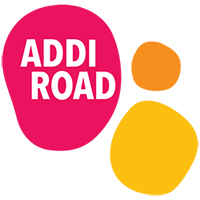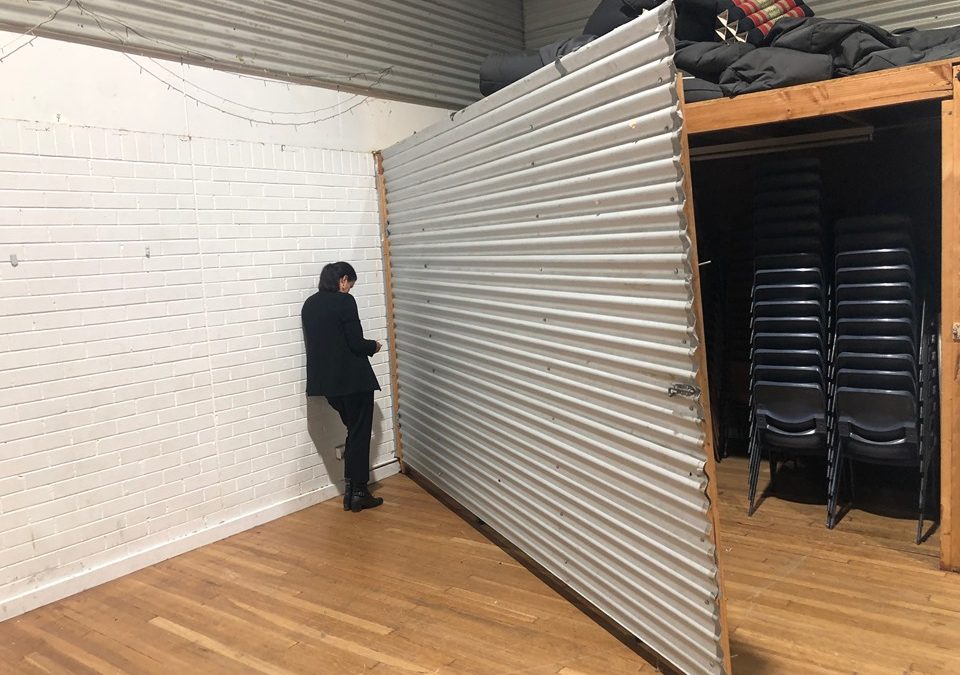Yesterday, the Living in Australia report was released based on the findings of the HILDA (Household, Income, Labour Dynamics in Australia) survey.
It noted that the median wage has not increased in the last ten years; the minimum wage has not increased over that time either. Newstart hasn’t increased in real terms now for 25 years. The cost of living, of course, has radically stepped up. We are becoming poorer and poorer as a nation. Deeply stressed; and evermore deeply divided.
These results aren’t surprising to those of us who work in the community.
Jo-Anne Ryan, our Partnerships Manager at Addison Road Community Organisation, has summarised some of the report’s findings here:
- Australian Household Income has on average remained at the same level for the last 10 years.
- The gap between people on high incomes and those on low incomes continues to expand, as it has since the early 2000’s.
- The income prosperity of those in the lowest group is declining.
- The lowest income groups are more likely to be persistently struggling to make ends meet and afford a decent living standard, and require support to try to break the cycle of disadvantage.
- Most people aged 65 years and over still rely on the aged pension.
- Nearly one third of children born between 2000 and 2008 have lived in relative poverty for at least one year. One fifth have lived in relative poverty for 1-2 years, and 1 in 20 have lived in relative poverty for more than 5 years.
- More people are working in ‘non-traditional forms of work’ such as casual work, part time work, temporary work, contract and agency work.
- These non-standard forms of work lack the stability and employment benefits that are offered by traditional ‘full time’ forms of employment.
- Young people and women are most likely to work in these non-traditional forms of work
- In 2017 welfare payments accounted for more than half of household income for almost 10% of people aged 18-64, and half of Australians aged 64 years and over.
- Most people receive welfare because they are elderly, have a disability, are caring for someone, or are unemployed.
- Increasing numbers of women are working more hours, and experiencing a significantly higher degree of difficulty in balancing work and family life.
- Women continue to have a lower hourly rate and annual salary than their male counterparts.
- Female breadwinners tend to support households on lower levels of income.
- Childcare costs are continuing to increase – from $62 per week in 2002/3 to $153 in 2016/7.
- There has been a rise in mental health conditions since the 2000’s, for all genders and all age groups.
- Women experience significantly more mental health problems than men in all age groups.
- There has been a remarkable rise in incidence in mental health problems particularly amongst among those aged 15 to 34.
- 12 percent of Australian aged 15 years and over had used at least one illicit drug in the last 12 months.
- Almost a quarter of people in their 20’s report current use of illicit drugs.
This is against the backdrop of:
- Only 1 job being available for every 10 people who are unemployed.
- An increasing number of people who are under-employed – only able to find casual, part time, or temporary work.
- The minimum wage remaining the same despite a 30% increase in productivity in the last three years.
- The Newstart rate hasn’t been increased in real terms in 25 years: it is currently $555 for a single person per fortnight and just over $600 per fortnight for a person with a dependent child.
- Newstart and Youth Allowance is paid at a level that is less than half the median wage, and below the poverty line.
- The cost of living has dramatically increased over time: particularly rents, electricity charges, transport costs.
- There are ever increasing numbers of homeless people in Australia.
- The suicide rate has increased, particularly amongst young people.
- A government who prioritises tax cuts for people earning over $250,000 per annum and refuses to increase Newstart.
- A government that says they are here to support the ‘lifters’ not the ‘leaners’, and who believe in giving people a fair go who ‘have a go’.
- A government, by definition, that defines you as ‘not having a go’ if you elderly, have a disability, are caring for someone with an illness or a disability, or can’t find a job because there are none.
Here’s some further insight and analysis from Dr Peter Davidson, Principal Adviser to the Australian Council for Social Services, on the HILDA (Household, Income, Labour Dynamics in Australia) survey and the Living in Australia report that arose from it:
“The overall picture painted by the latest HILDA data is one of stagnation – stagnant wages and income support payments (especially Newstart and Youth Allowance) holding back growth in household incomes, and limited mobility out of the lowest and highest income groups.
“According to the HILDA figures, median incomes declined across the decade after the Global Financial Crisis in 2009. Until about five years ago, the decline in incomes was broadly based, putting a dampener on increases in inequality and poverty, which had both surged in the boom years of the previous decade. In other words, our incomes were slowly declining, but we were all falling together.
“In a worrying trend, both poverty and inequality have begun to rise again in recent years.
“The share of people in poverty rose from 9.6% in 2016 to 10.4% a year later. This means that those on the lowest incomes have fallen behind those in the middle. A likely reason for this is the failure of successive governments to properly index Newstart, together with policies that divert sole parents and people with disabilities to that payment from the higher pension payments. Newstart Allowance for single people is $190 a week less than the pension and unlike pensions, it is not indexed to wage movements so the gap grows each year.
“Another worrying development is low income mobility. We like to think of Australia as a country where people can improve their incomes over time, but one third of people in the lowest 20% are still there one year later. To make matters worse, around one third of teenage children of families in the lowest 20% are still in the lowest 20% as adults 15 years later. At the other end of the income scale, almost one third of teenagers in high-income families are still in the top 20% 15 years later. Income mobility is better around middle-income levels, but it’s weak at the top and bottom of the income scale.
“A failure to increase Newstart, and tax cuts skewed to high-earners, are likely to further increase poverty and inequality.”
Image: Cassandra Goldie, CEO of the Australian Council of Social Service. Campaign to ‘Raise the Rate’ for Newstart, April 2019. Launch event for ‘Raise the Rate’ held at Gumbramorra Hall in partnership with the Addison Road Community Organisation. Photo by Mark Mordue.

